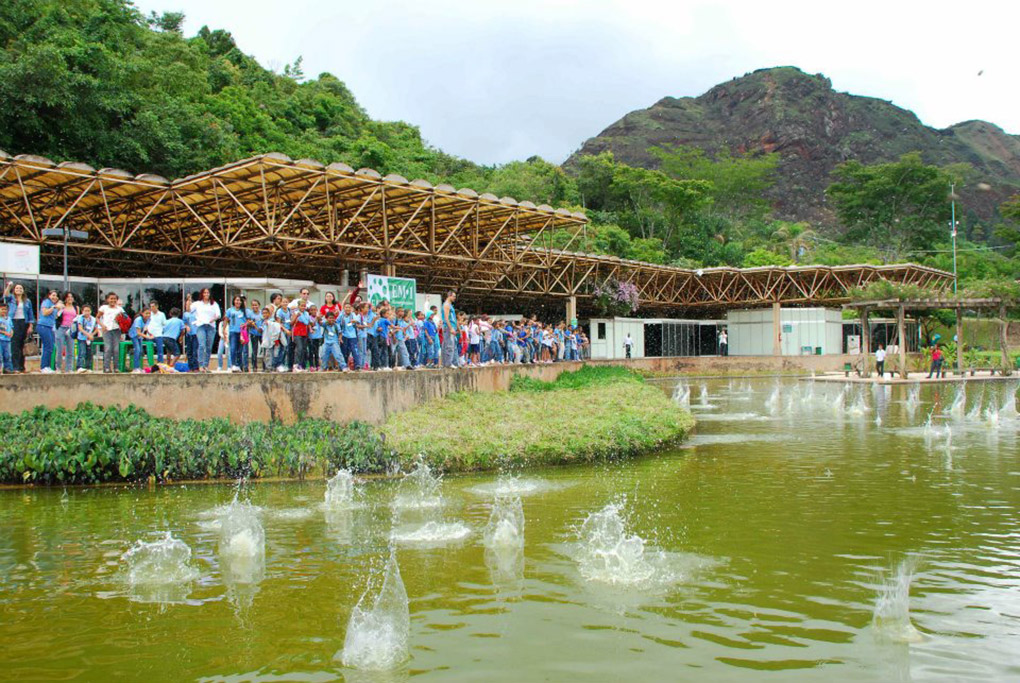Water Treatment
Pouring EM・1TM into rivers increases the number of microbes, which form the bottom of ecological pyramid. When the bottom grows larger, the pyramid itself also becomes larger, resulting in richer diversity in the ecosystem. This will improve the self-purification ability of rivers, helping them to become clean and beautiful again.
Effective fermentation bacteria in EM Mudballs will help to decompose sludge
In polluted rivers, accumulated sludge (rotten organic material) is in a state of oxygen deficiency, since there is a little oxygen dissolved in the water. Inside the sludge, harmful fermentation bacteria (putrefactive bacteria) produce harmful gases such as methane, ammonia and hydrogen sulfide by decomposing organic matter without oxygen. When EM Mudballs (EM aggregates of high density), are added into water in this condition, they become embedded in the surface of the sludge and effective fermentation bacteria contained in Mudballs start to decompose the sludge. At the same time, phototrophic bacteria consume harmful gasses, so foul odors will be contained.

Around EM Mudballs, zooplankton increases
As fermentation decomposition progresses, amino acids and saccharides are produced. A portion of them dissolves into the water and phytoplankton increases where there is sunlight, making use of this nutrition. Phytoplankton’s activities will increase the oxygen in water, helping oxidative decomposition bacteria, which required oxygen, be more active. As a result, decomposition of sludge is accelerated. Around EM Mudballs, zooplankton will increase, transforming sludge into detritus, organic sediment made of organic matter and microbes, and the sludge will no longer be harmful.
Download PDF: "How to make EM Mudball"

Microbes in EM products make the ecosystem richer
Detritus containing bubbles of carbon dioxide and oxygen etc., which are produced by the activities of microbes, will rise to the surface. Sometimes the rivers look polluted with these floating fragments of detritus. However, this is due to the process of the decomposition of sludge and the purification of the rivers. As detritus breaks down into smaller segments and flows along rivers, creatures which eat it, such as small fish, shrimp, crabs, and shellfish, increase in number. The more fish there are, the more birds will come, leading to greater diversity in the ecosystem. The microbes contained in EM・1 will improve the self-purification ability of rivers by making the ecosystems of which they are a part richer and more vibrant.